Easy Methods to Remove YouTube Timestamps and Get Clean Transcripts
Have you ever watched a YouTube video packed with valuable information and struggled to retain all of it? Perhaps you found yourself pausing and replaying, or maybe you wished for a written version. This is where converting YouTube timestamps to full-text transcripts can be incredibly useful.
Whether you’re a student, content creator, researcher, or simply someone who values efficiency, having a text version of YouTube content is immensely beneficial. This guide will walk you through the process of transforming timestamps into clean, easy-to-read transcripts.
Understanding YouTube Timestamps
YouTube timestamps are markers placed in the video’s description or comments to make it easier for viewers to navigate. They break the content into sections. For example:
- 00:00 - Introduction
- 02:15 - Key Takeaways
- 05:30 - Summary
While these timestamps aid navigation, they don’t convey the actual spoken content. To make the content accessible, especially for those who prefer reading or need subtitles, converting timestamps into complete transcripts is essential.
Why Convert Timestamps into Transcripts?
For both individuals and organizations, converting timestamps into readable transcripts offers numerous benefits.
Key benefits include:
- Better Accessibility: Individuals with hearing impairments can easily access video content.
- Faster Content Consumption: Readers can quickly skim through key points without watching the entire video.
- Educational Use: Teachers, students, and researchers can take notes and highlight important information.
- SEO and Marketing: Search engines can index transcripts, enhancing visibility.
- Content Repurposing: Transcripts can be repurposed for blogs, newsletters, and social media posts.
Instead of watching a 30-minute video, a user can read a 3-minute transcript and obtain the same information, saving significant time.
Methods to Convert YouTube Timestamps into Transcripts
There are several methods to transform timestamps into full text. The choice of method depends on whether the video has subtitles, whether a transcript already exists, and the desired accuracy of the final text.
Using YouTube’s Auto-Generated Transcript Feature

One of the most accessible methods is using YouTube’s transcript tool , especially when the creator allows subtitles or captions.
Steps to follow:
- Open the YouTube video.
- Click on the three-dot menu below the video or select “More.”
- Click “Show transcript.”
- A panel with the transcript and timestamps will appear.
- Copy the transcript and paste it into a document.
- Manually remove timestamps or use editing tools to clean the format.
While this tool provides a good starting point, it’s not always accurate. Automated captions might contain spelling errors, missed words, or incorrect punctuation. However, with some light editing, the transcript can be made readable.
Using Online Transcript Tools
Numerous websites and apps allow users to paste a YouTube link and receive a transcript. These platforms use speech recognition to convert audio into text and often include editing features.
Popular tools include:
- YouTubeTranscript.com – A free and simple tool for generating raw transcripts.
- Otter.ai – Provides real-time transcription with keyword highlights.
- Temi and Sonix.ai – Offer fast results with options for exporting text in various formats.
These platforms save time and effort, especially for lengthy videos. While some offer free plans, others may require payment for advanced features such as automatic timestamp removal or downloadable file formats.
Manual Transcription Using Google Docs Voice Typing
When automatic tools aren’t available or accurate, manual transcription using Google Docs is an effective method.
Steps to use Google Docs Voice Typing:
- Open a Google Doc.
- Go to Tools > Voice Typing.
- Play the YouTube video on another device or window.
- Speak clearly or let the computer microphone capture the video’s audio.
- Google Docs will transcribe the audio in real-time.
This method works best in quiet environments and may require some cleanup afterward. It’s useful when videos don’t have captions or when more control over the output is desired.
Cleaning and Formatting the Transcript
After obtaining the raw transcript, it’s essential to clean and format it for readability and usability. A transcript full of timestamps, filler words, and long paragraphs can be challenging to follow.
Steps to clean up a transcript include:
- Remove timestamps using “Find and Replace” or editing tools.
- Correct grammar and punctuation to improve clarity.
- Break long paragraphs into smaller, digestible chunks.
- Add headings or bullet points for better organization.
- Label speakers if the video has more than one person talking.
Example cleanup:
Before:
03:00 So, uhm, this is like where we start the lesson on digital painting
After:
Digital Painting Lesson
“This is where the digital painting lesson begins.”
Use Cases for YouTube Transcripts
The value of a full-text transcript extends beyond having a readable version of a video. Transcripts can be utilized in various professional and personal contexts.
Common use cases include:
- Blog writing: Transforming a video into a step-by-step article.
- Training material: Converting tutorial videos into printable guides.
- Podcast summaries: Making podcast episodes accessible as text.
- Academic work: Quoting or referencing video content with clarity.
- Translation: Providing text for translation into other languages.
By converting a video’s spoken content into readable text, creators and viewers open new doors for accessibility and reuse.
Tools to Remove Timestamps Automatically
While many people remove timestamps manually, a few tools and scripts can help automate this process. These tools detect timestamp formats (like 00:00) and delete them from the transcript.
Some helpful tools include:
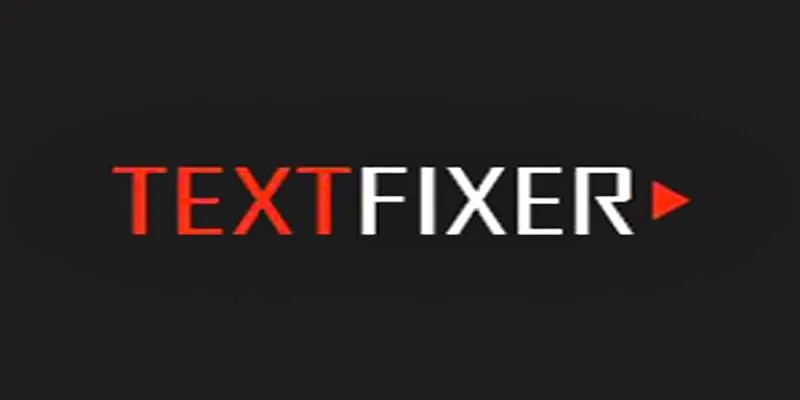
- TextFixer – A free tool to clean unwanted characters from text.
- Online Notepad tools – Some online editors offer regex-based cleanup.
- Custom scripts in Word or Notepad++ – Use Find/Replace functions with timestamp patterns like \d{1,2}:\d{2}.
These solutions are ideal for batch editing large transcripts or when preparing content for publishing.
Conclusion
Converting YouTube timestamps into full-text transcripts is a valuable process that enhances accessibility, learning, and content creation. Whether someone is repurposing content for a blog or needs notes for an online course, having a clear transcript can make all the difference. By using built-in YouTube features, online tools, or manual methods like Google Docs voice typing, individuals can effortlessly create quality transcripts. Cleaning and formatting these transcripts further enhance their usability and ensure they serve a practical purpose.
Related Articles
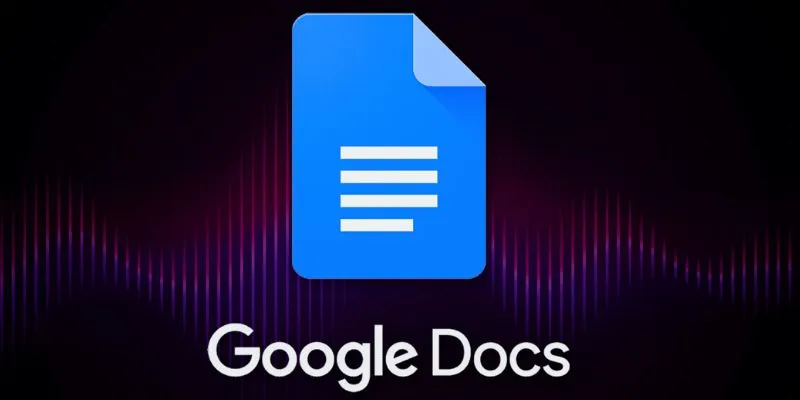
Boost Your Productivity: The 10 Best Google Docs Add-Ons You Need

Boost Your Productivity: The 10 Best Google Docs Add-Ons You Need
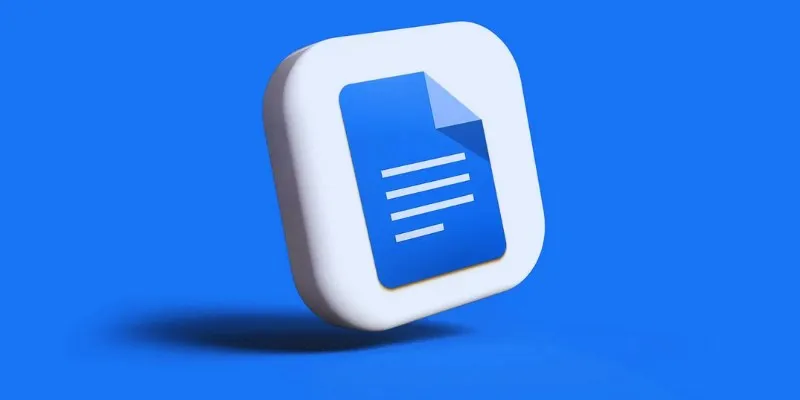
How to Add, View, and Print Comments in Google Docs: A Step-by-Step Guide
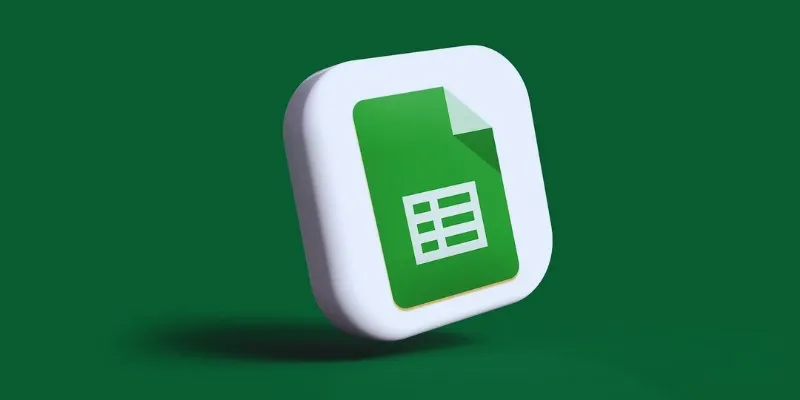
How to Integrate Google Sheets with Mailchimp: A Step-by-Step Guide
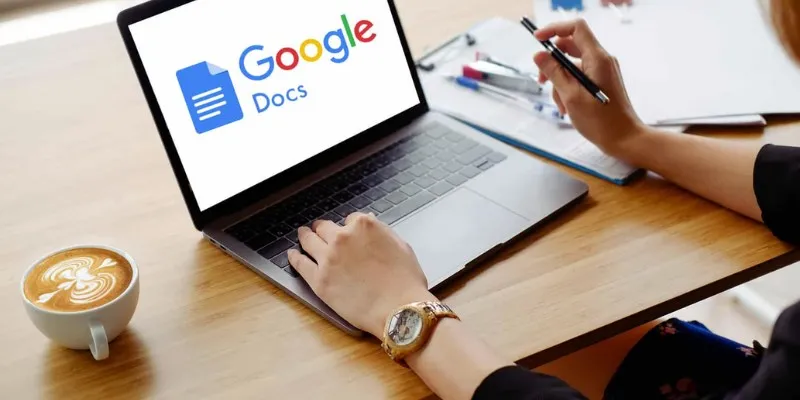
How to Use Variables in Google Docs for Smarter Document Automation: A Guide
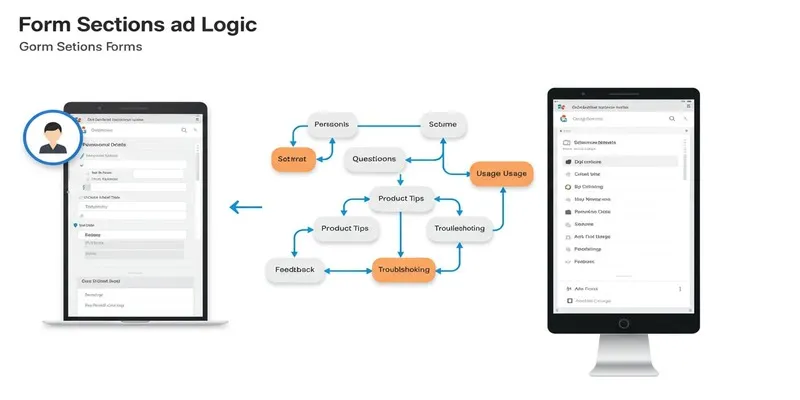
A Comprehensive Guide to Create Form Sections and Logic in Google Forms
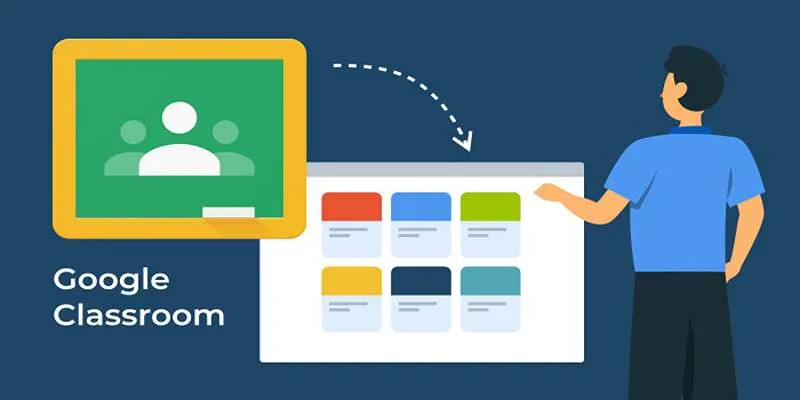
Resolving Google Classroom Submission Errors: Step-by-Step Guide
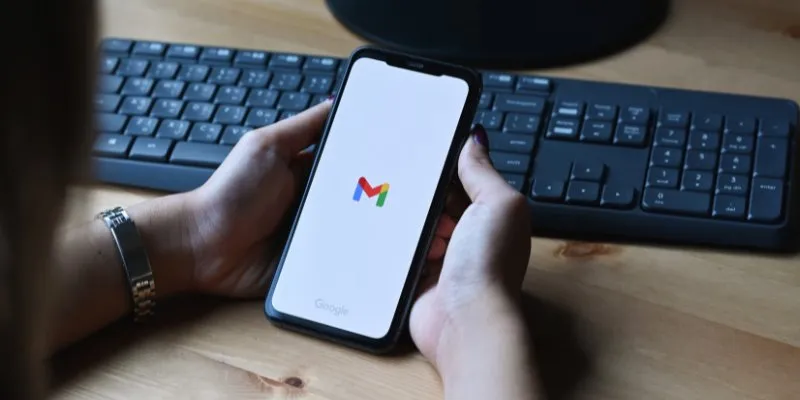
How to Automatically Save Gmail Attachments to a Google Drive Folder: A Complete Guide
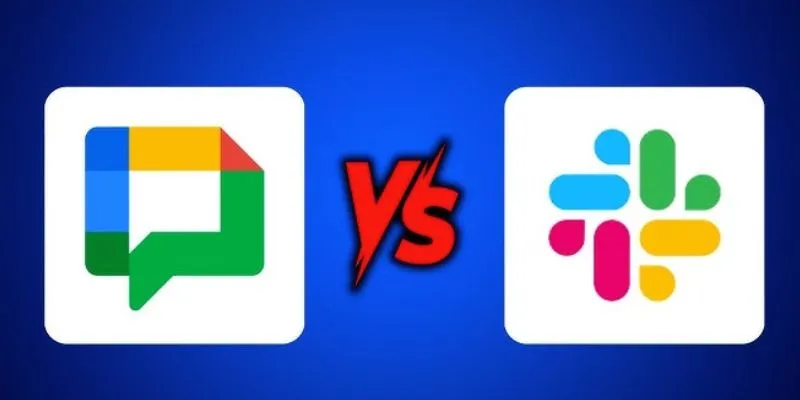
Google Chat vs. Slack: Which Collaboration Tool Suits Your Business Best

How to Integrate Google Sheets with Mailchimp: A Step-by-Step Guide
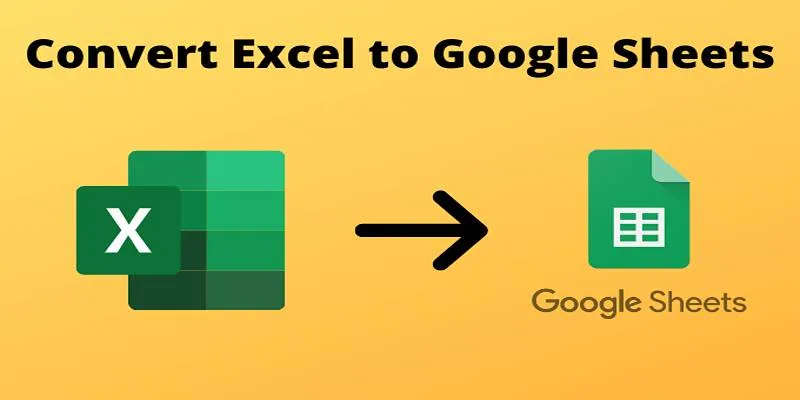
Cloud-Based Spreadsheet Tips: Convert Excel to Google Sheets

Stay Organized: 5 Smart Ways to Schedule Important Info on Android
Popular Articles
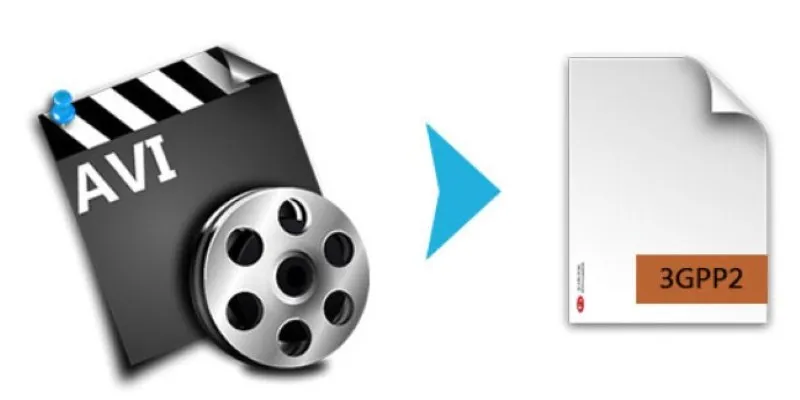
Top AVI to 3G2 Converters for Quick Format Conversion

Best Free Methods to Convert AVI to MP4 Format for Your Kindle Fire
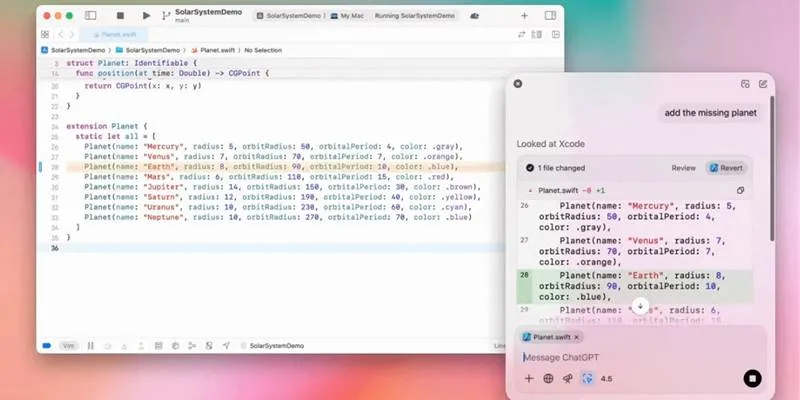
All ChatGPT Users Can Now Access the 'Work with Apps' Feature
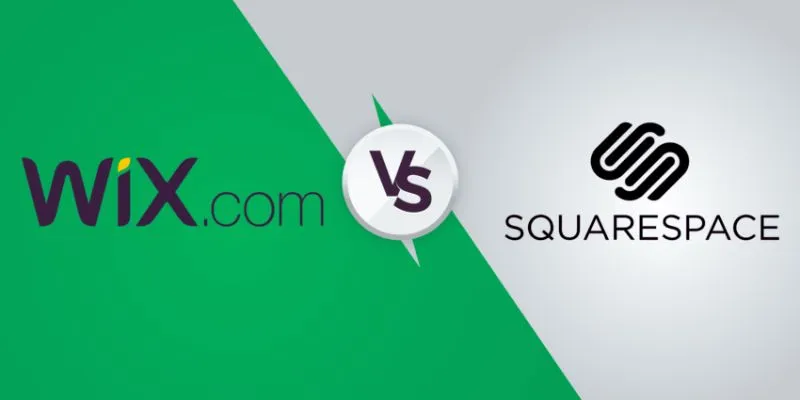
Wix vs. Squarespace: A Comprehensive Comparison to Find the Best Website Builder
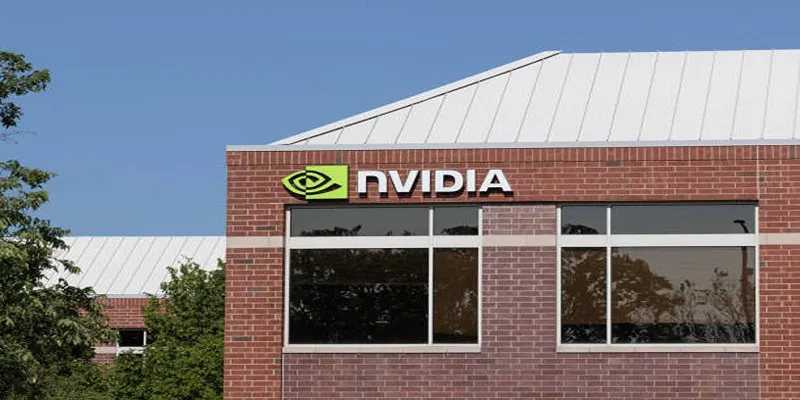
Discover How NVIDIA® CUDA™ Technology Delivers 6X Faster Computing
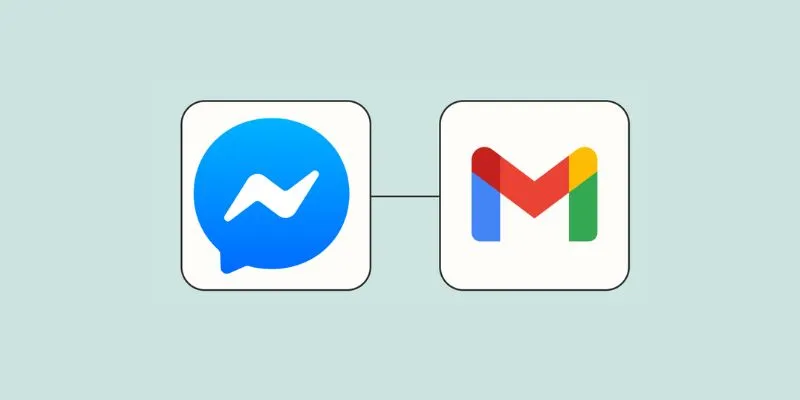
Stay Updated with Email Alerts for Facebook Messenger Messages: A Comprehensive Guide
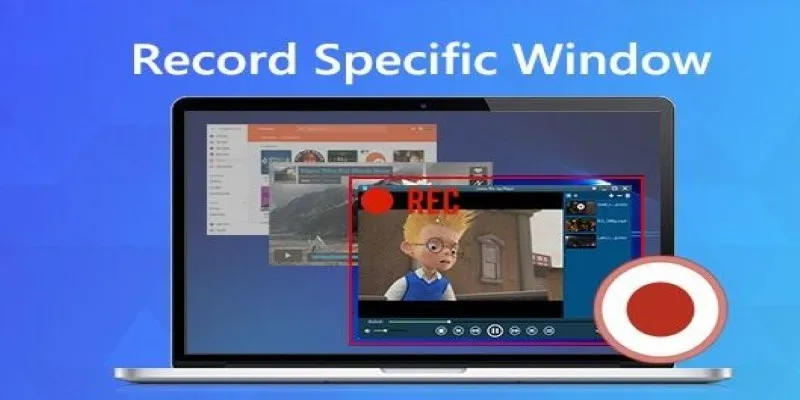
8 Tools to Record a Specific Window or Area on Your Screen
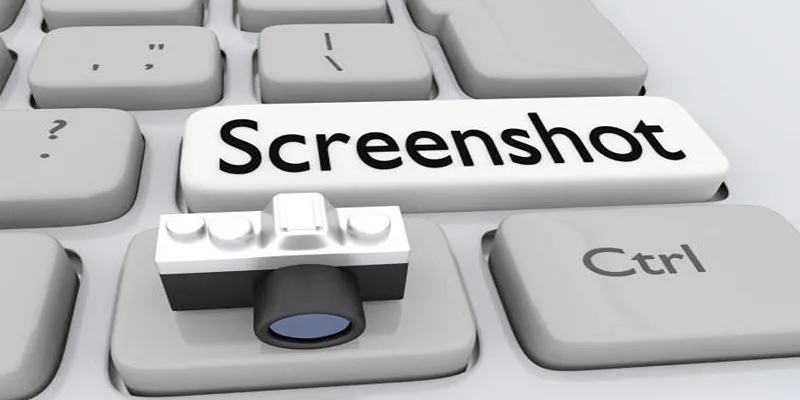
9 Powerful Chrome Extensions for Effortless Screenshots
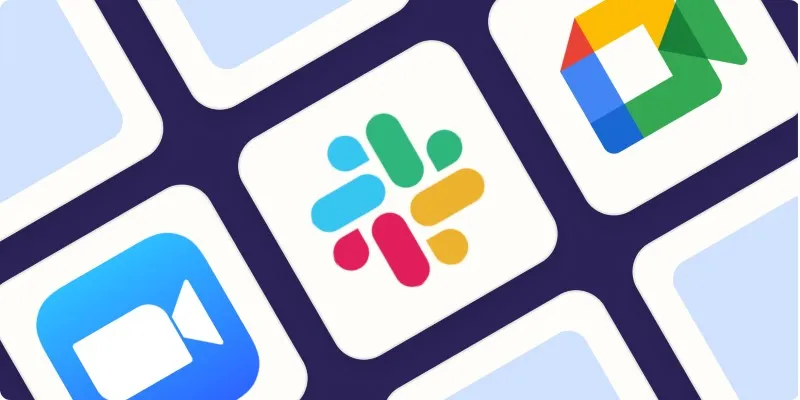
The Best Screen Sharing Software in 2025 for Smooth, Lag-Free Collaboration
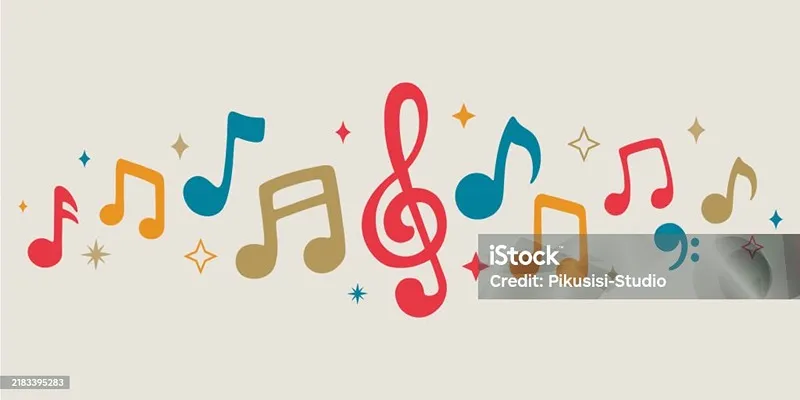
No Sound in Windows Movie Maker? Here’s How to Fix It
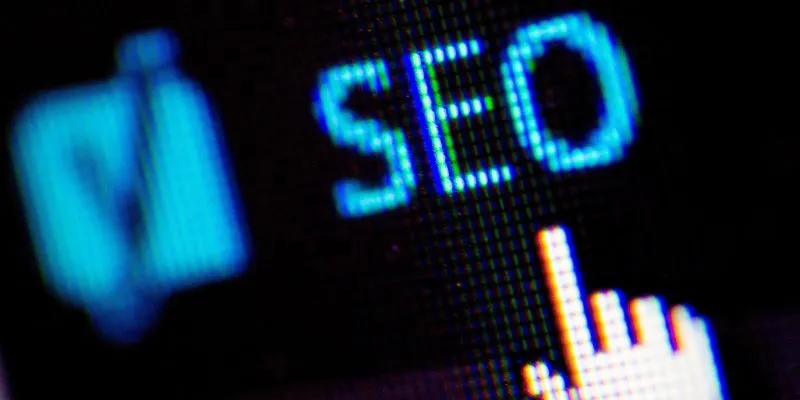
Programmatic SEO: How Can You Increase Search Traffic Using No-Code Tools

 mww2
mww2